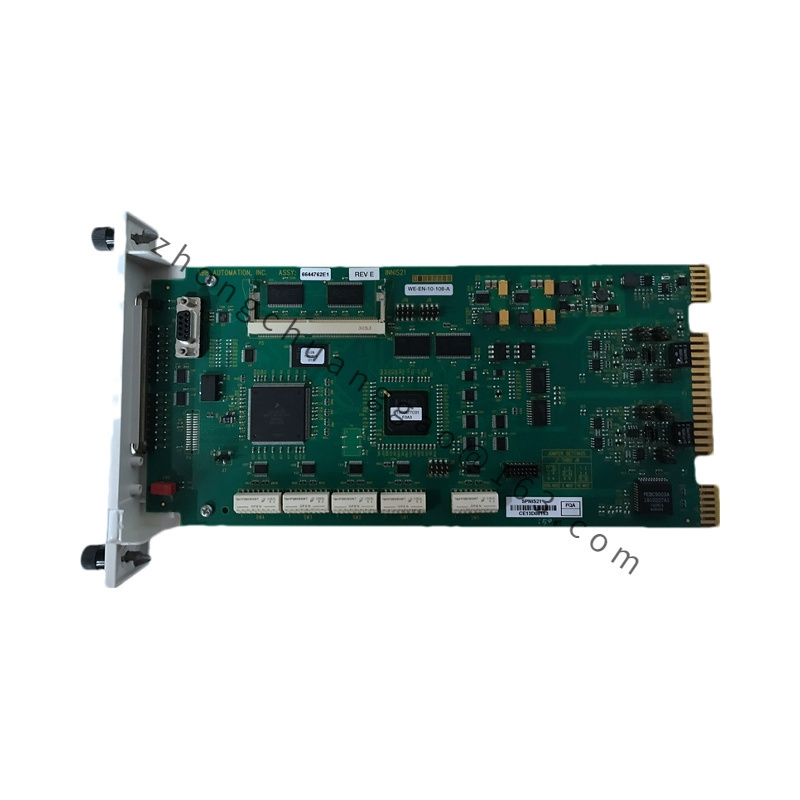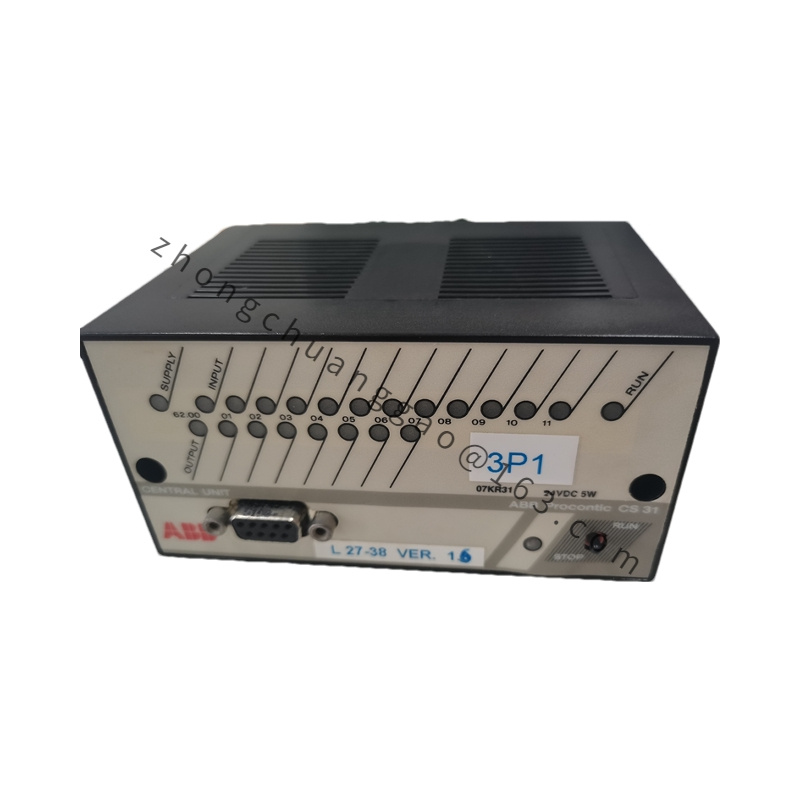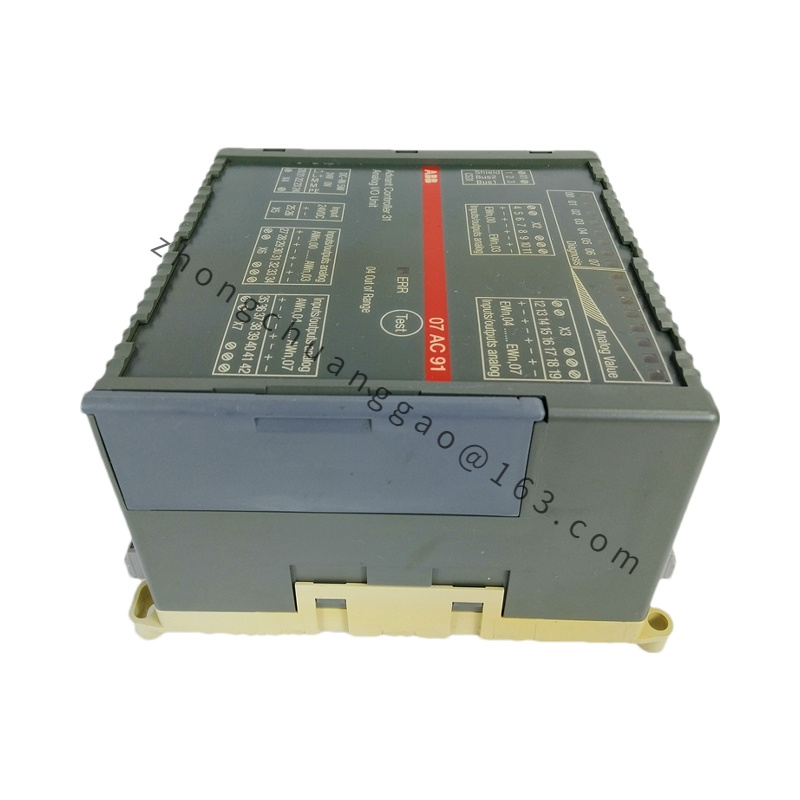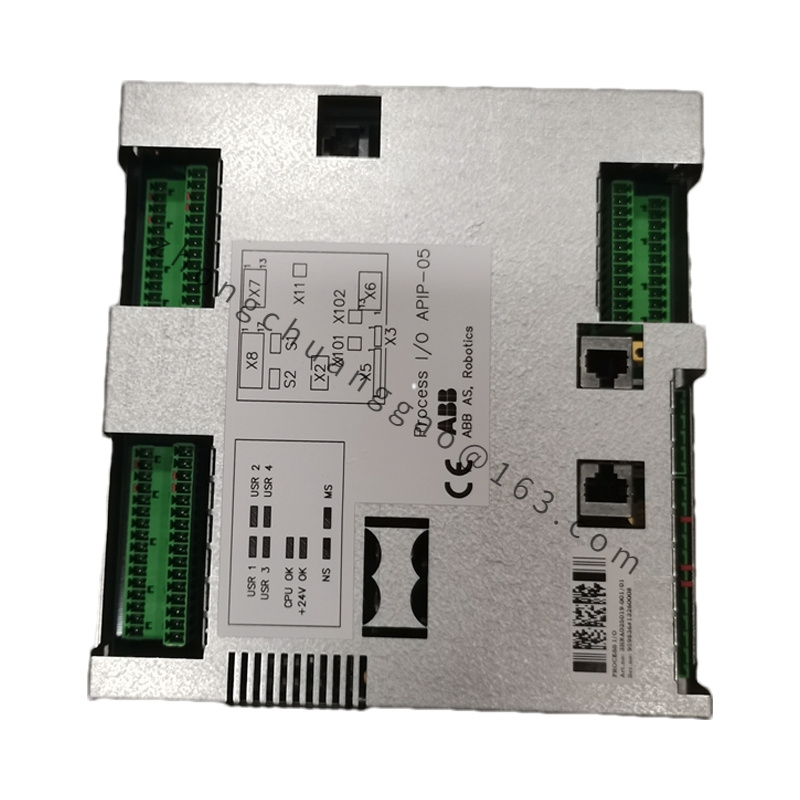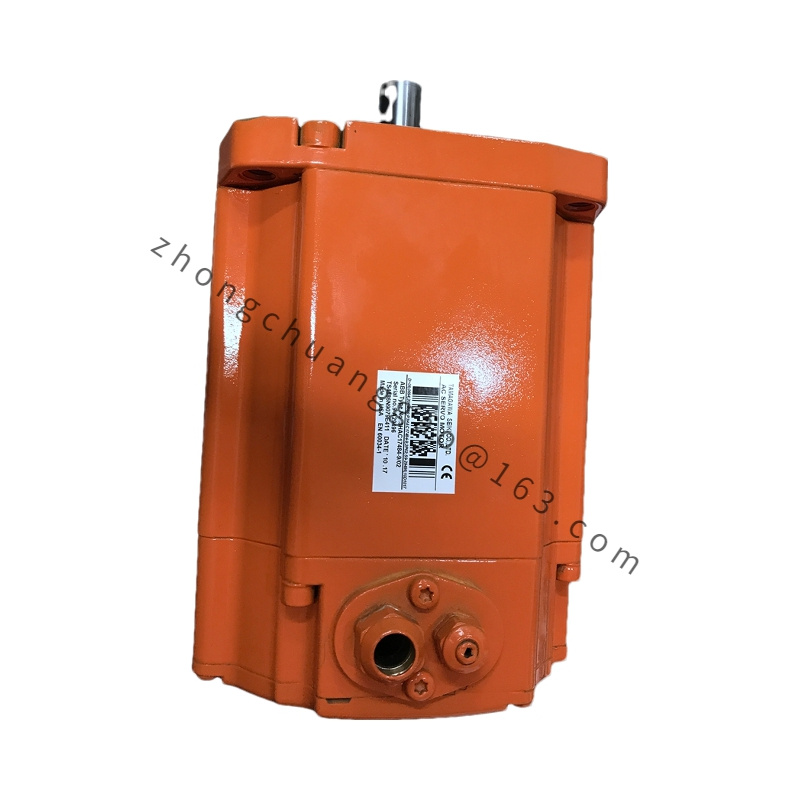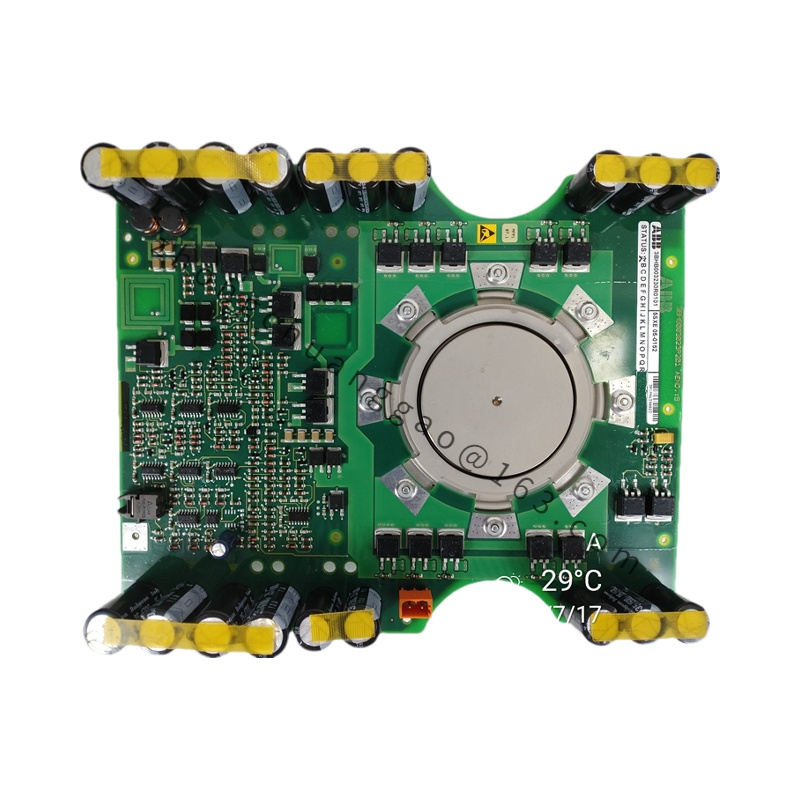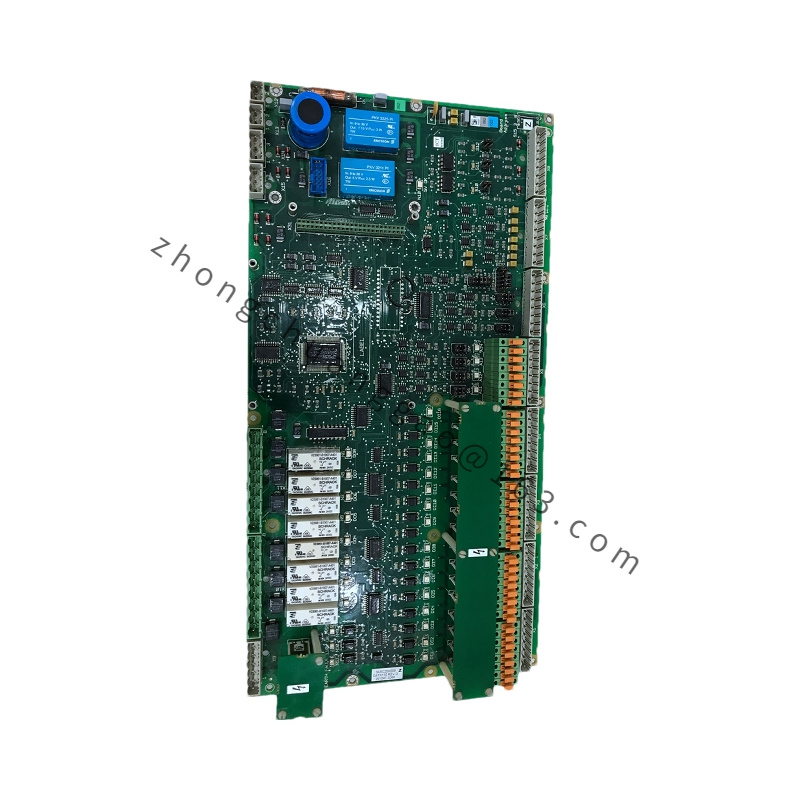ABB SPNPM22
Technical Specifications:
Processor: SPNPM22 utilizes a high-performance processor architecture, designed specifically for network processing tasks. This ensures fast and efficient handling of large volumes of network data packets and flows.
Memory and Storage: Equipped with ample memory and storage capacity, the module is capable of storing and processing complex network protocols and applications.
Interfaces: It supports multiple network interfaces, including Gigabit Ethernet ports, to enable seamless integration with various network devices and infrastructure.
Compatibility: Compatible with a wide range of network protocols and standards, ensuring interoperability with different systems and platforms.
Detailed content
Functional Characteristics:
High Performance: The SPNPM22 boasts exceptional processing capabilities, allowing it to handle complex network tasks with ease.
Flexible Configuration: Users can customize the module’s configuration according to specific application needs, such as adjusting processor frequency, cache size, and interface rates.
High Reliability and Stability: Built with high-quality components and adhering to strict manufacturing standards, the module ensures long-term reliable operation.
Protection Mechanisms: Incorporates various protection features, such as overload protection and overheat protection, to prevent damage and data loss in case of abnormal conditions.
Good Compatibility and Scalability: Supports a wide range of network protocols and standards, and provides additional interfaces and expansion slots for further functional enhancement.
Application Scenarios:
The ABB SPNPM22 network processor module finds application in various industries and use cases, including but not limited to:
Industrial Automation: Enables efficient communication and data transmission between industrial devices, supporting automation systems.
Communications Infrastructure: Used in network devices and infrastructure to manage and process data flows and communication protocols.
Computer Networks: Deployed in routers, switches, and firewalls to facilitate network communication and data transfer.
Internet of Things (IoT): Connects and manages various IoT devices, enabling seamless integration of IoT ecosystems.
Data Centers: Handles and routes large amounts of data traffic in data centers, ensuring efficient data management and processing.
Telecommunications: Supports telecommunications networks, enabling reliable phone, data, and multimedia communication services.
Intelligent Transportation Systems: Processes traffic signals, surveillance camera data, and other transportation-related information in smart transportation systems.
Military and Defense: Utilized in communication systems, navigation, and information processing in military applications.

